Results of a survey of data professionals show that about 1 out of 4 data scientists are women. Both women and men have similar levels of education and proficiency in data science skills. Ways of improving gender diversity in the field of data science are offered.
Having a gender-diverse workforce is good for business. In 2014, Gallup found that more gender diverse business units outperform their less gender diverse counterparts with respect to revenue and net profits. Also, McKinsey reports that companies in the top quartile for gender diversity are 15% more likely to outperform companies in the bottom quartile.
There is a wide variability in female representation across different occupations. As you can see in Figure 1, while women make up about half of the medical and biological scientists in the US, they are underrepresented in computer and mathematical occupations. Look at diversity reports for some tech giants, and you will see that women make up a small part of the technology industry. Women make up 27% of the employees at Microsoft, 30% at Google, 37% at Amazon and 30% at IBM.
Gender Diversity in Data Science
I’ve been studying the practice of data science over the past couple of months. AnalyticsWeek and I have asked data professionals (as of this writing, we have information from 607 data professionals) about a variety of things, including their data skills, job roles, demographics and more. We have learned much about the structure and practice of data science (see here, here and here). Here, I will present some of our research on gender differences among data professionals.
How does gender diversity look in the data science world? Overall, we found women made up 26% of the data professionals (see bottom half of Figure 2), a result consistent with the percent of women in high-tech companies in general. Gender disparity varied over job roles. Women made up 39% of the data professionals in Researcher roles, 28% for Creative roles, 18% for Business Management roles and 13% for Developer roles.
Men and women data professionals differ with respect to the types of job roles they hold. Women were more likely to identify themselves as Researchers (68%) compared to men (36%) (see top half of Figure 2). Also, women were less likely to go into Business Management roles (19%) and Developer roles (9%) compared to men (32% for Business Management and 22% for Developer).
Women and men in the field of data science do not differ with respect to their formal educational background (see Figure 3). For both genders, a majority of each held advanced degrees (i.e., Master’s – ~50%; PhD ~20%). About 5% of the respondents (for both women and men) attained, at most, a 2-year degree.
Next, I looked at gender differences in proficiency in data skills. Because proficiency levels variety by job role, I examined gender differences within specific job roles. Due to small sample size (sample size < 15) of two of the job roles (i.e., Developers and Creatives), however, we only looked at two job roles: Researchers and Business Managers. Men and women data professionals did not differ significantly with respect to their proficiency across different data skills (see Figure 4). Among Researchers in our sample, both women and men appear to have the same level of proficiency in math/statistical skills. Among Business Managers, both women and men have the same level of proficiency in business skills.
Improving Representation of Women in Data Science
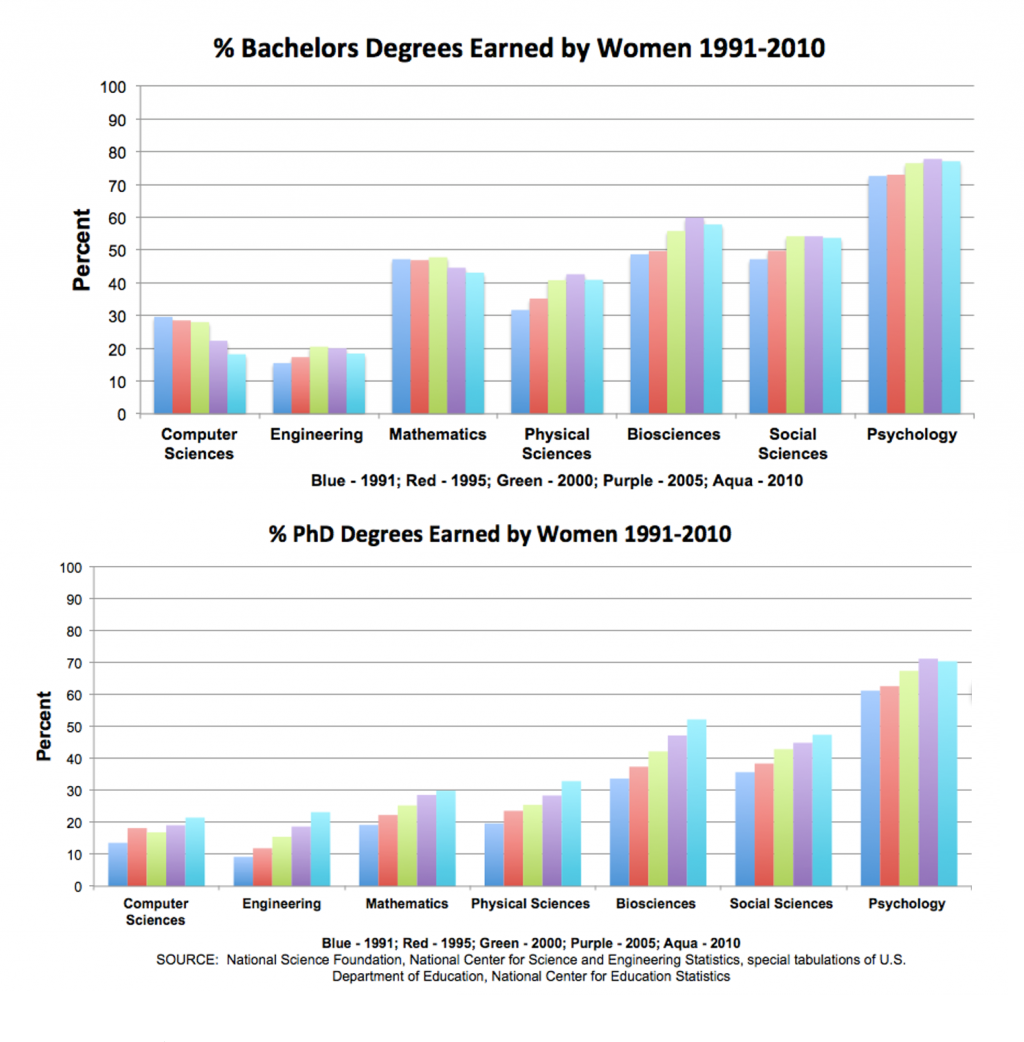
Figure 5. Percent of Degrees Earned by Women from 1991-2010. Graphs are from the article, Why the STEM gender gap is overblown. Data are from National Science Foundation. Click image to enlarge.
The low number of women in the data science field could be a funnel problem. If we look at the graduation rates of women (who received bachelors and PhD degrees (see Figure 5), we see that few women graduate with degrees (~20%) that are directly relevant to being a developer (e.g., computer science, engineering). Yet we see that many more women graduate with PhD degrees that are relevant to being a researcher (e.g., psychology, social sciences and biosciences. It’s not surprising then that there are more women data scientists who identify as researchers than developers (see top half of Figure 2).
To improve the representation of women in the data science field, researchers feel we need to address cultural factors. In a US Gallup-Google poll conducted in late 2014, researchers found that computer science (an important skill area in data science) is viewed as a male field by students (grades 7 – 12), parents and teachers. Additionally, all three constituencies think that girls are less interested in computer science than boys. Finally, girls, relative to boys, lacked the confidence that they can learn computer science.
The inaugural Women in Data Science conference recently took place at Stanford. Conference attendees included only women, 400 from industry, academia and national laboratories. You can see the conference presentations here. Scientists shared their research at the conference, and their aim is “to inspire, educate and support women in the field – from those just starting their journey to those who are established leaders in industry, academia, government and NGO’s.”
Earlier this year, researchers Francine Berman and Philip Bourne proposed 10 ways to improve gender diversity in data science through changing the work culture and becoming an advocate for women’s representation in data science. You can see their tips in Figure 6.
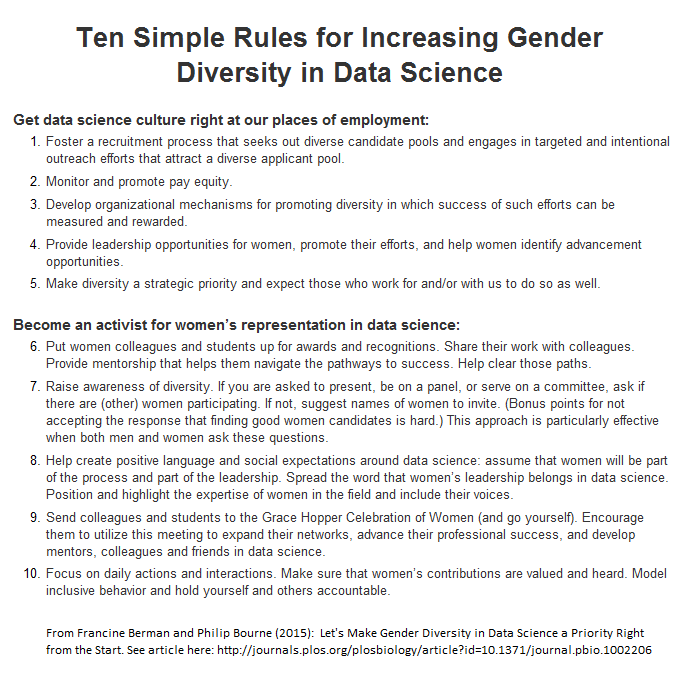
Figure 6. Ten Simple Rules for Increasing Gender Diversity in Data Science. Click image to enlarge. From article, Let’s Make Gender Diversity in Data Science a Priority Right from the Start.
Summary
Gender diversity is good for business. Businesses that are gender-diverse outperfom their counterparts. Gender diversity among data science professionals reveals typically low rates of women employees in this new profession. Despite this gender disparity, we did not see any large gender differences with respect to educational background and data skills; both women and men achieved similar levels of education and possessed comparable proficiency in different data science skills (i.e., business, technology and math/statistics).

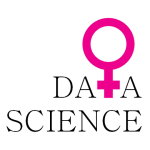

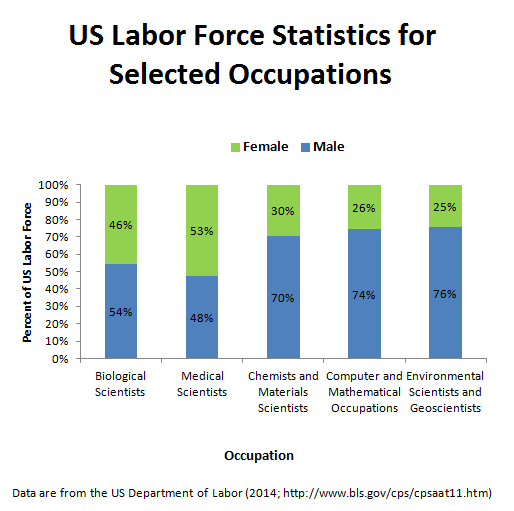
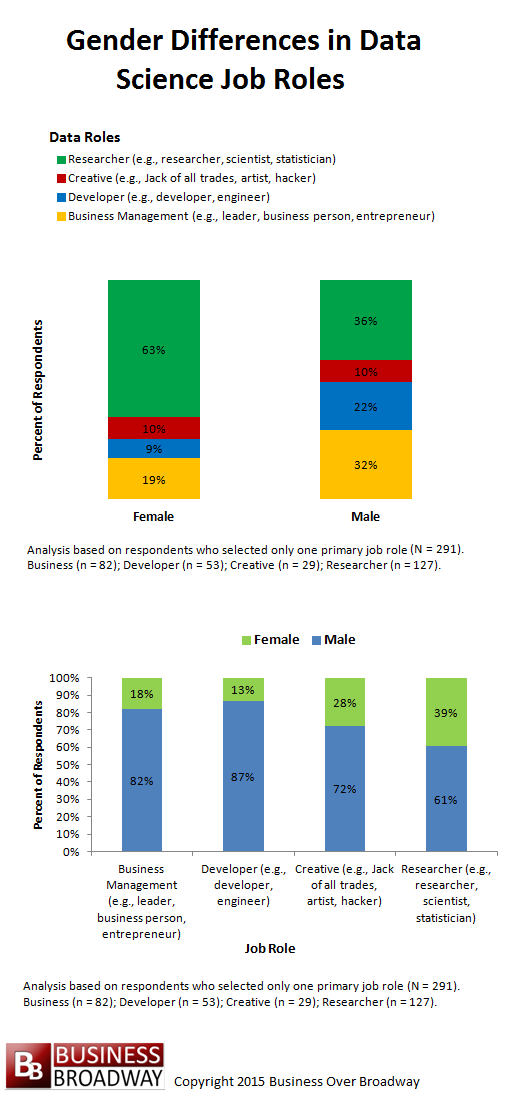
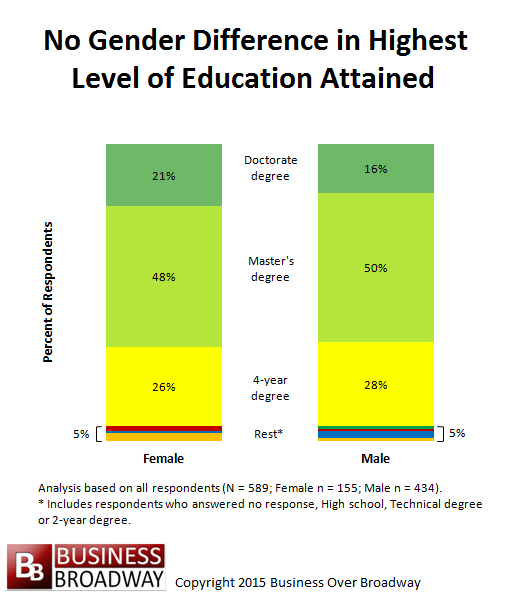
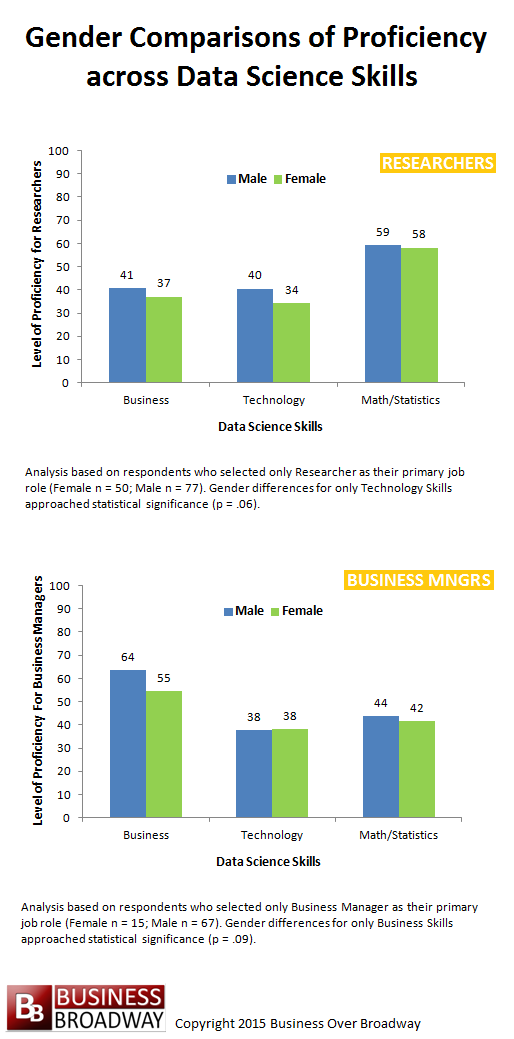

 Beyond the Ultimate Question
Beyond the Ultimate Question Measuring Customer Satisfaction and Loyalty (3rd Ed.)
Measuring Customer Satisfaction and Loyalty (3rd Ed.)
[…] scientists are highly educated. In our study of data scientists, we found that over half of them, both men and women, hold either a Masters or PhD degree and about a quarter of them hold a 4-year degree. The level of […]